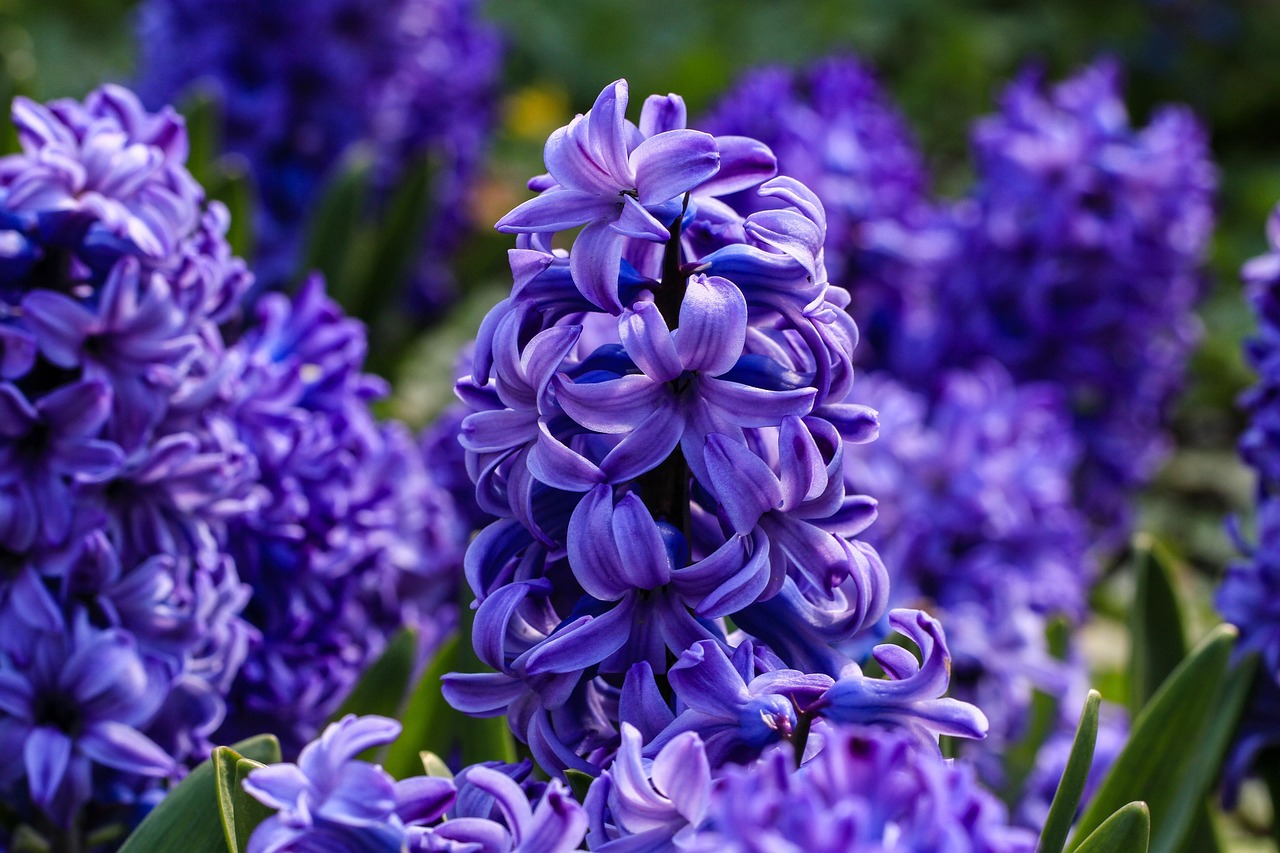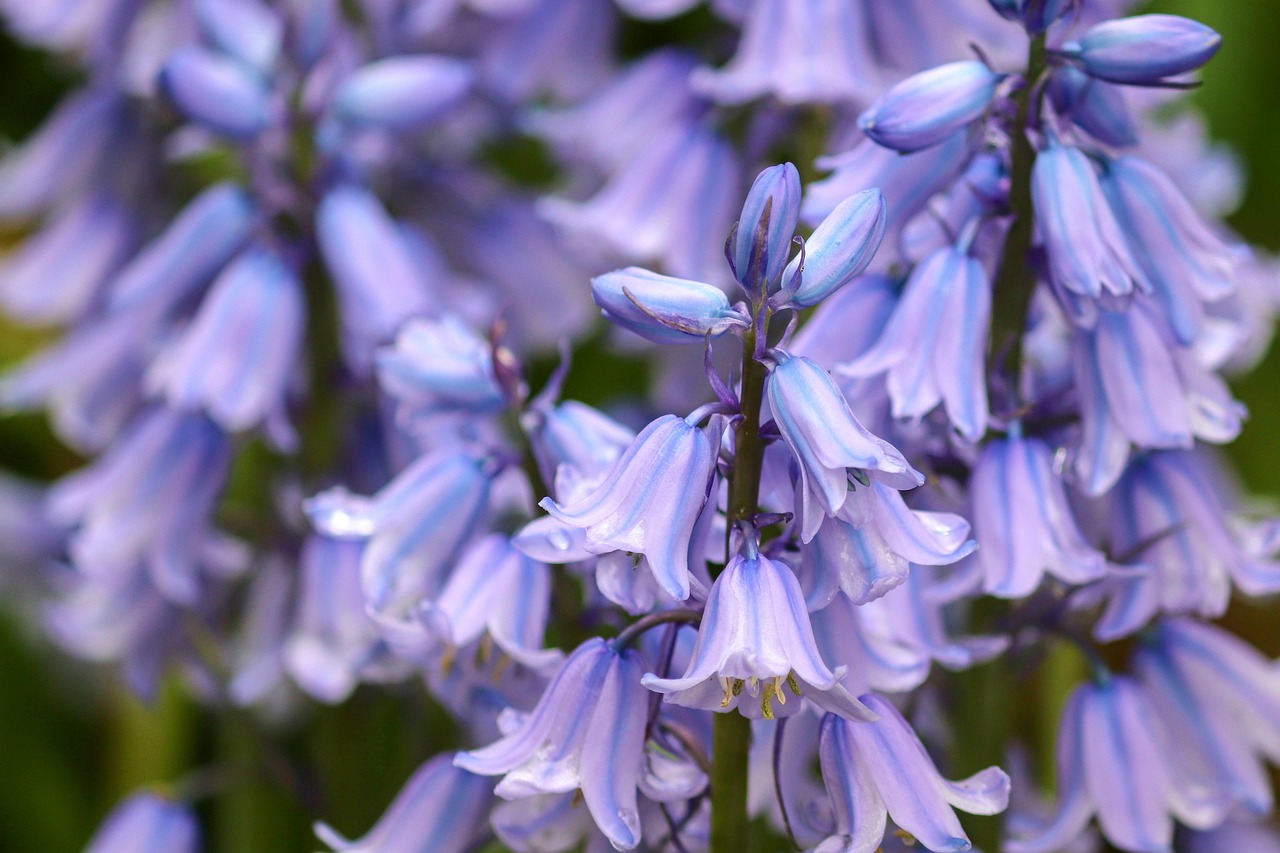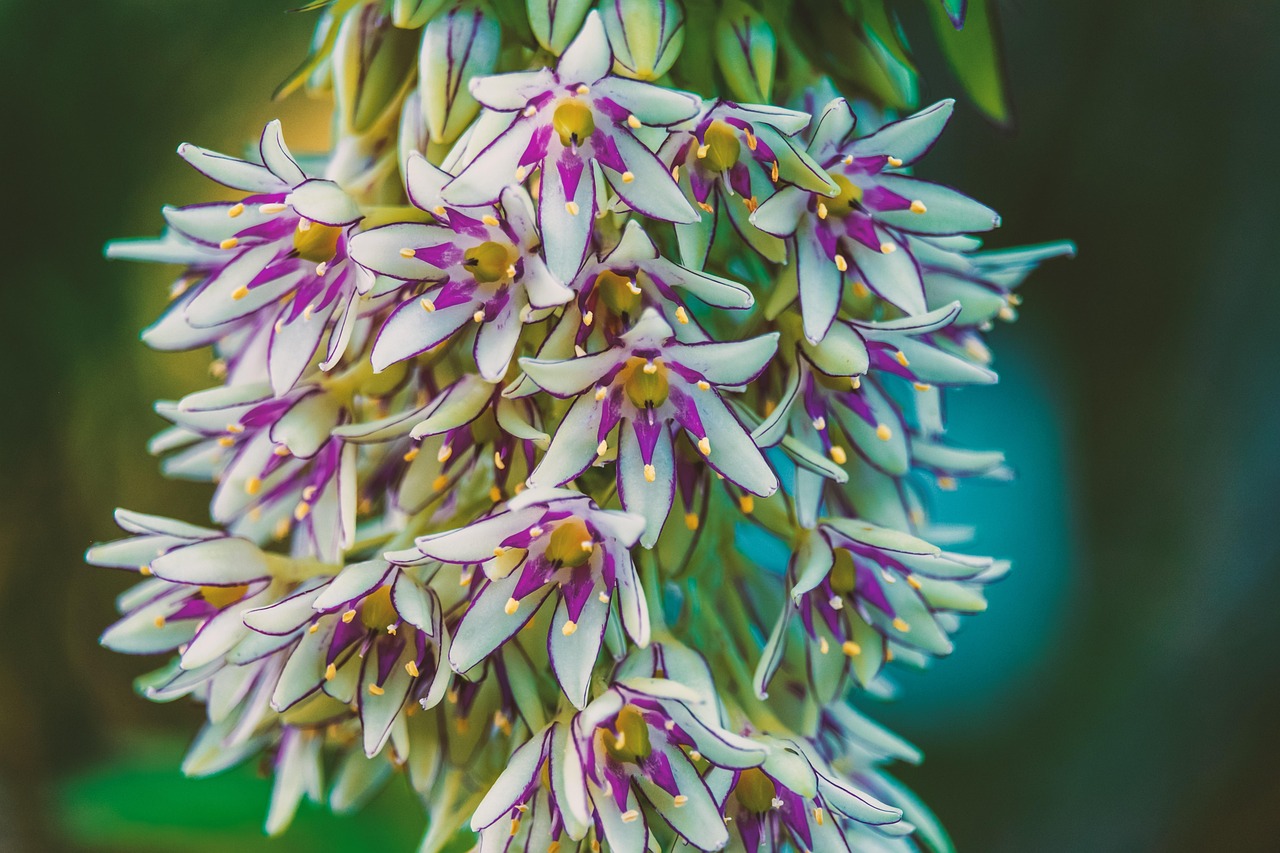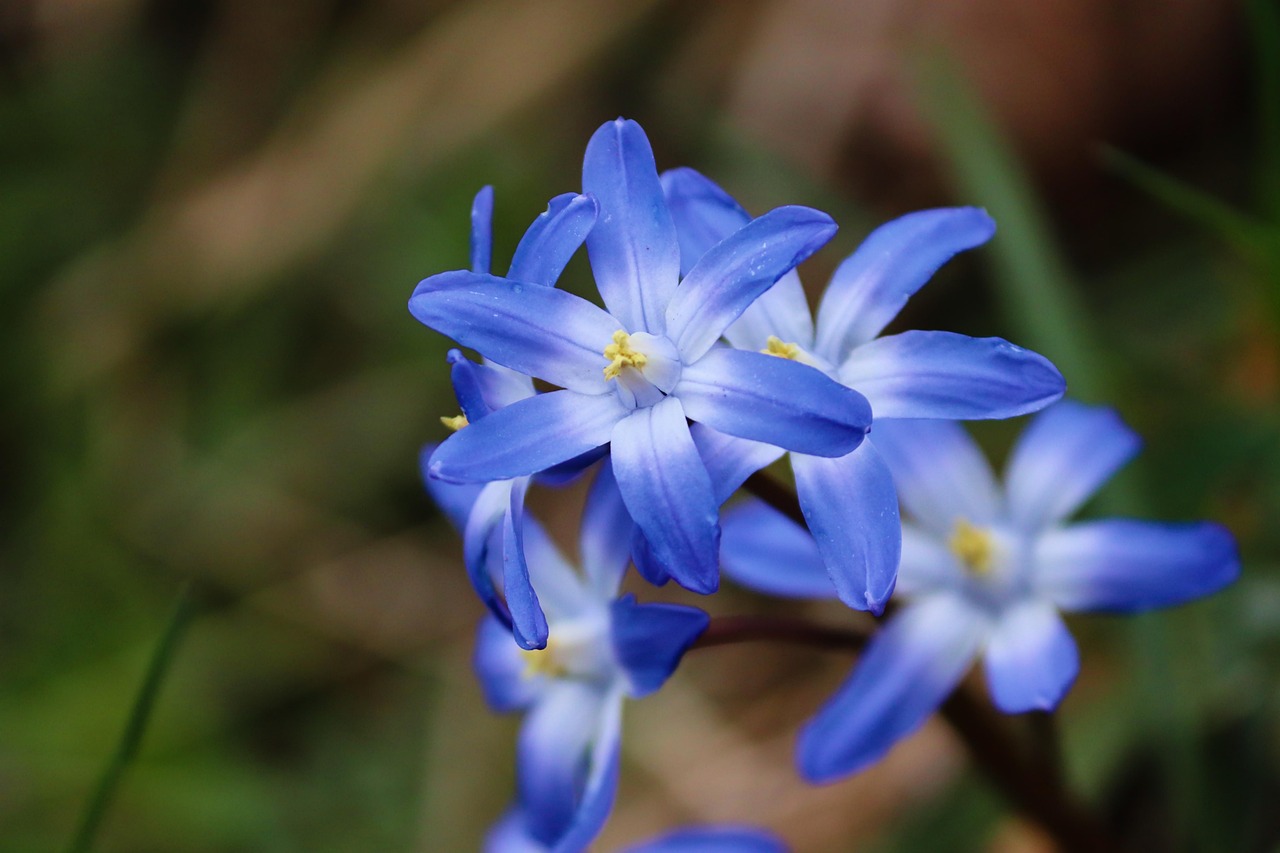Iwagibōshi | A Symbol of Serenity Thriving in Mountain Wetlands
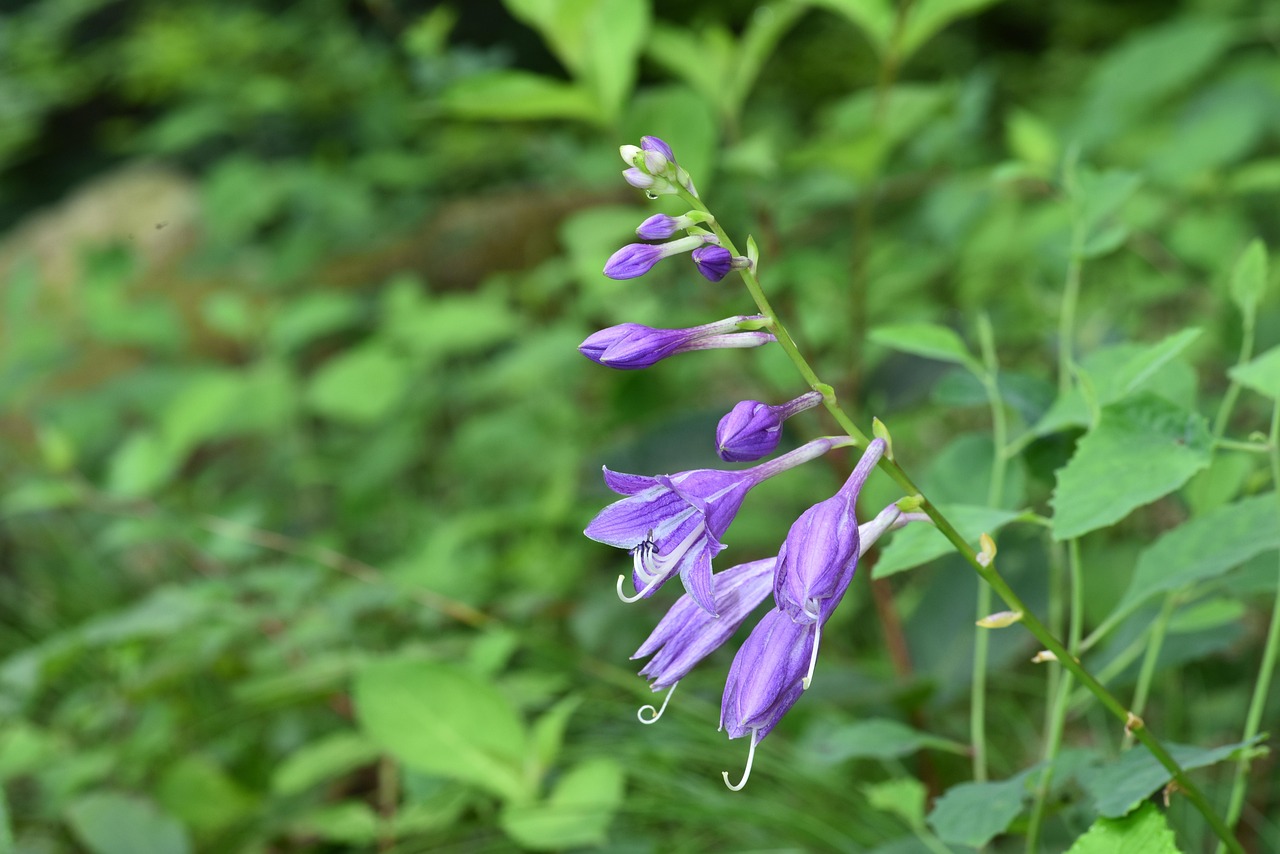
Iwagibōshi (Hosta longipes) is a perennial plant that grows naturally in moist mountainous areas. With its beautiful leaves and elegant flowers, it has long been cherished in Japan and beyond.
It is widely distributed across Japan and is also appreciated as an ornamental groundcover in gardens and parks.
In this article, I will introduce the basic information, cultural and historical background, and cultivation tips for Iwagibōshi.
Basic Information
- Scientific name: Hosta longipes
- Family: Asparagaceae
- Origin: Japan (mountain regions of Honshu, Shikoku, and Kyushu)
- Appearance: Dense clusters of broad oval leaves, producing pale purple or white flowers from summer to autumn. The flowers are slender and bell-shaped, gracefully hanging downward.
- Blooming season: July to September
Cultural Significance Worldwide
In Japan, Iwagibōshi is an essential plant in traditional gardens. Its cool, refined foliage creates an atmosphere of tranquility, making it a popular choice in temple gardens and tea gardens.
In roji gardens (tea gardens), it is often planted along pathways leading to teahouses, enhancing the sense of quietude and refinement.
In Europe and the United States, plants of the Hosta genus are widely cultivated as ornamentals, with Iwagibōshi being one of the admired species. Its suitability for shade gardens makes it an important element in garden design, often planted beneath trees or along the north sides of buildings.
Historical Background
Plants of the Hosta genus, including Iwagibōshi, became known in Europe after being introduced from Japan in the late 18th and 19th centuries. Western botanists and horticulturists, fascinated by Japanese flora, brought them back and developed many varieties.
In 19th-century Britain, Japanese hostas were grown in greenhouses and gardens, admired for their graceful leaves and flowers.
In the United States, from the early 20th century, breeding efforts produced a wide range of cultivars with diverse leaf colors and shapes. Iwagibōshi has been valued as one of the original species and continues to be appreciated in natural-style gardens as well as Japanese-inspired landscapes.
Gardening Advice
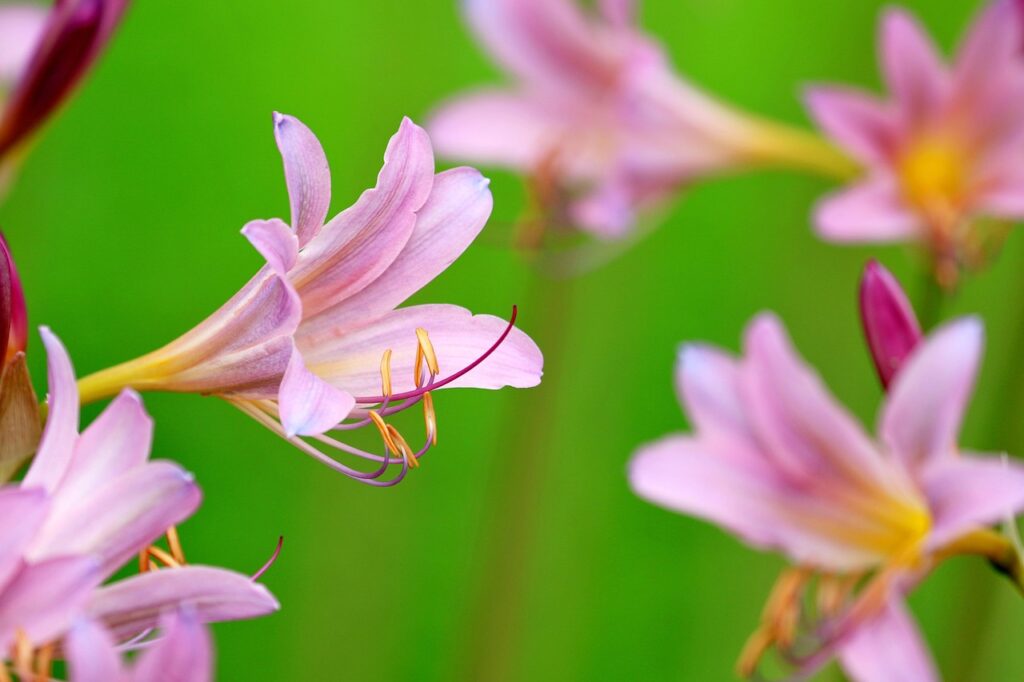
Iwagibōshi is hardy and thrives in shade. With the right conditions, it offers both ornamental foliage and elegant flowers.
Light
Prefers partial to full shade. Direct, intense sunlight may scorch the leaves, so dappled light is ideal.
Watering
Keep the soil moist by watering generously when the surface dries. During hot summers, frequent watering prevents leaf damage.
Soil
Well-drained yet moisture-retentive soil enriched with compost or leaf mold encourages healthy growth.
Fertilizer
Apply slow-release fertilizer in spring and autumn. For abundant blooms, liquid fertilizer before flowering is also effective.
Cold tolerance
The above-ground parts wither in winter, but new shoots emerge in spring. No special winter protection is needed, though mulching with leaves or compost around the roots is recommended in colder regions.
Conclusion
Iwagibōshi is a perennial native to the Japanese mountains, admired for its refreshing foliage and graceful flowers.
It plays an important role in Japanese gardens, especially in temple and tea gardens, where it evokes a sense of stillness.
Since the 18th century, it has spread to the West, becoming a beloved plant in shade gardens.
Adaptable to shaded environments and easy to grow in both gardens and containers, it remains a symbol of natural beauty and tranquility.


